Giving Circle is the concept of a group of philanthropists coming together and creating a pool of money, which is later given as a grant to an individual or organization.
First, we decided what our causes would be — Children, Poverty, Education, and Science.
We then had applicants apply to our grant, and we set up meetings with those we saw fit.
Having this experience truly changed me in multiple ways. My family has always been very big on Philanthropy, but since I wasn’t in charge of any money I was rarely involved in the decision making. Now that I have had this opportunity, I have a bigger grasp on what Non-Profit organizations are and how I can involve myself with them.
Another thing I did not know anything about — Overhead. Overhead is basically the expenses that go towards things like electricity, water bills, paying for staff, and so on. Some people say that they would rather their money go to something more hands on and visible, but I believe that whatever cause the organization needs the money for is a just reason and should be granted said money.
We did a few visits, one to a farm a little north, and one to an organization in southern tel aviv that works with marginalized communities that have immigrated to Israel. We also visited a robotics class that basically has the same principles as the farm, which is working with underprivileged kids after they are done with school for the day.
I specifically enjoyed the visit with the farm, because the leader gave us an in depth presentation on the organization, their statistics, their budget, what they need the money for, and much more!
We also were visited by an organization called IMAGINE that works with children on the autistic spectrum. This organization helps kids from highly functioning autism to living in hospitals how to make music with different technological gadgets. I loved learning about them, seeing what they do, and I appreciated the way they presented to us.
Giving Circle is an amazing opportunity for Year Course participants and the community of Israel. I truly believe that the giving circle is a great addition to Israeli society and I am so proud to be apart of it. The concept itself is wonderful, and ours specifically has been great. I have learned so much about myself and the community.
In regards to our reading of To Heal A Fractured World, Chapter 3 states that those who count as impoverished hold certain circumstances. One example is someone who only has 200 zuzim or less. The chapter says that God takes care of the poor, because they are equal to rich people other than their status. God rewards those who help the poor. I believe that this is important knowledge to know, although I don’t necesarily agree about the God part. My belief in God is not the traiditional jewish belief, although besides that, I think it is more important to believe in the idea of a person helping a person rather than a higher force “looking over” those who need it. When do we see poor people getting help? From other people, not an unseen entity. But some could argue that God is who sent the person to help, so it really just depends on your beliefs.
Chapter 6 explains that housing is a basic human right according to Judaism, and that a society that does not take that value into consideration is corrupt and unjust. Those who are fortunate have an obligation to help those who are not, and in order to have a well functioning community everyone within it must have a stable living situation. I agree with this immensely. In my opinion, it is very important for our community to support each other and live as one rather than unequal, as if some are better than others. No one is better than anyone else, some people just have better fortune in life. As stated in the book, “adequate housing, according to these texts, must not only provide shelter, but must also allow for a dignified life.” The text also states that “by saying that housing is a basic human need, included in the category of tzedakah, we simultaneously say that individuals and the society as a whole are obligated to provide housing to those who need it.” I believe this quote defines the entire point of this chapter.
An article on “thelifeyoucansave.org” states “The scale of poverty is immense and we seem powerless to stop it. Such despair is understandable, but the facts tell a very different story. While poverty is indeed extreme and widespread, it is easy to forget just how many people there are in the developed world, and how powerful our pocket change can become when pooled together.”
Reading this confirms how I feel about this issue, and as shown in the video you can see that while many care, many neglect to actually give. I believe this is because people feel they won’t change anything. But every penny counts.
I joined Giving Circle because of the principles I just stated. In all honesty, taking this class has opened my eyes to possibly majoring in Non-Profit administration in college. The organizations we met with were all so interesting and made me really glad to know they exist and are working so diligently to better the world. I believe that us, as Jews, and especially as fortunate ones, are obligated to help America and Israel as much as possible. Love is truly the only thing that helps this world go around; and this is a huge way to show it. Everyone is just trying to live life, and those who aren’t as lucky as others deserve the help they can get!
https://www.thelifeyoucansave.org/learn-more/why-donate
https://www.justgiving.com/piliontrust
https://www.youtube.com/watch?v=IvWjhp62zhM
 -Marley Lerner, Year Course 2017-2018
-Marley Lerner, Year Course 2017-2018


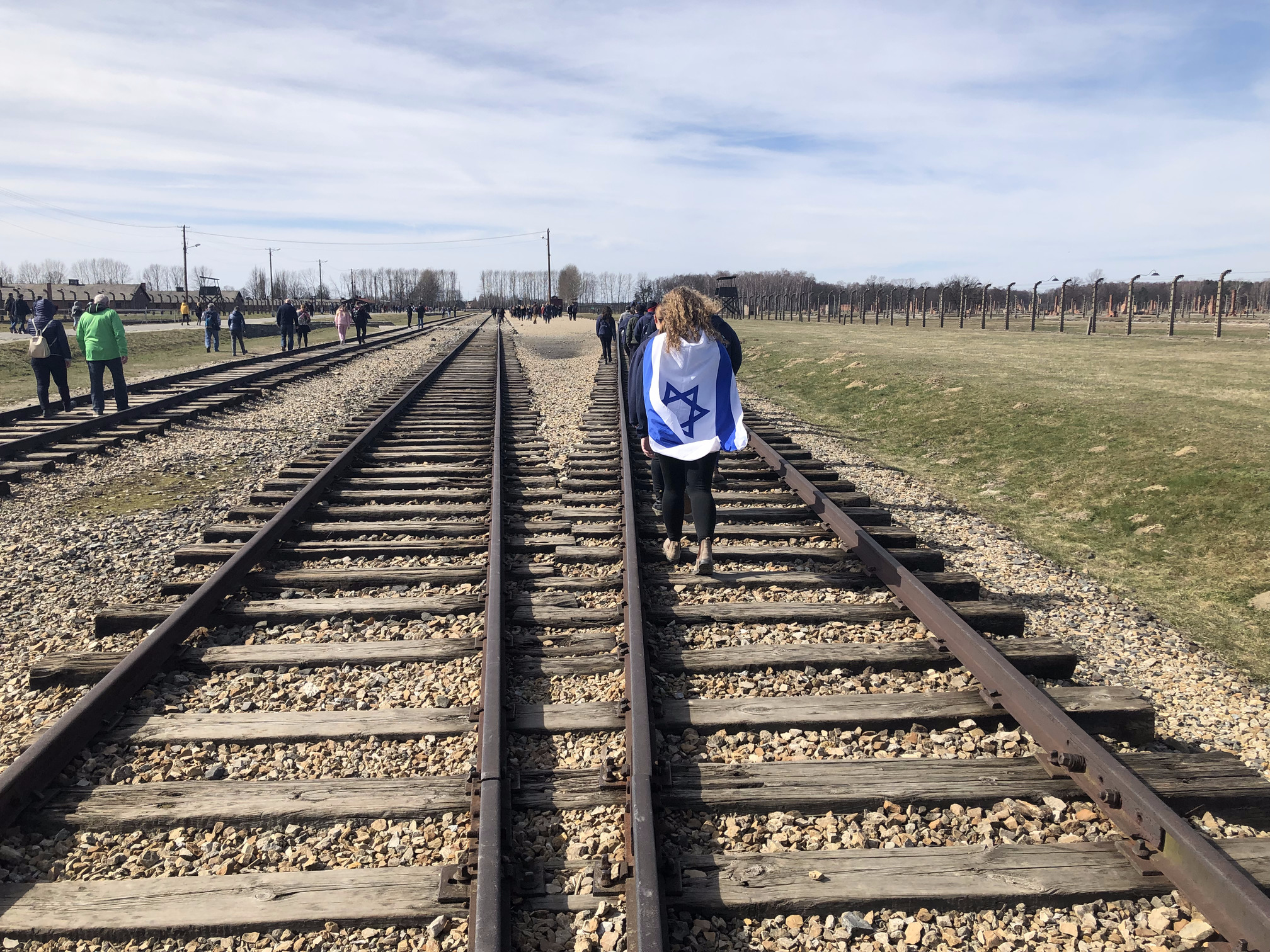
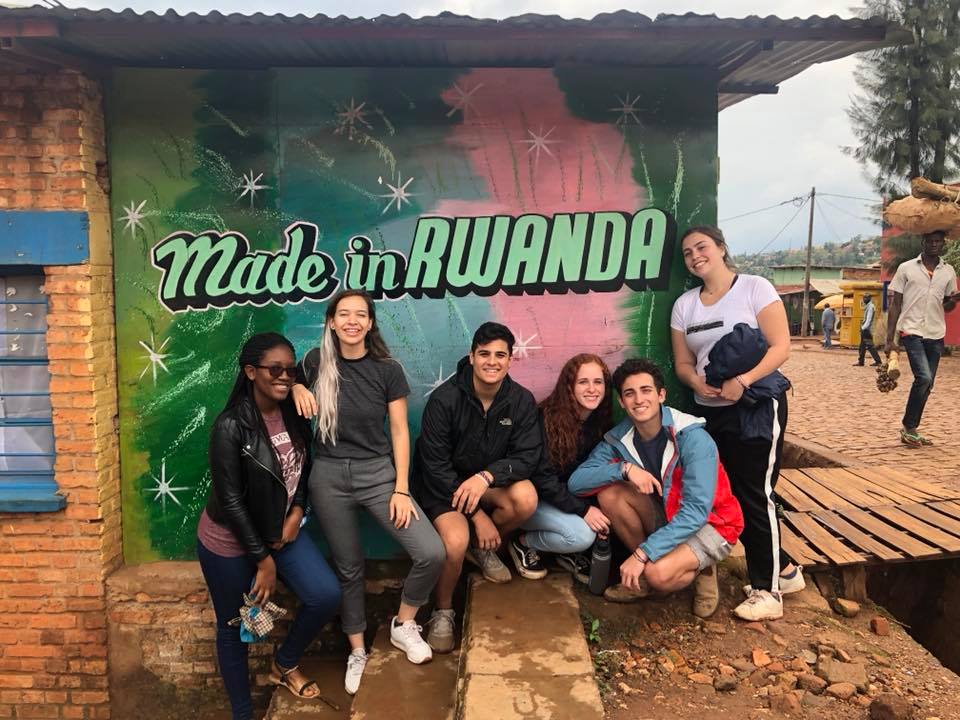
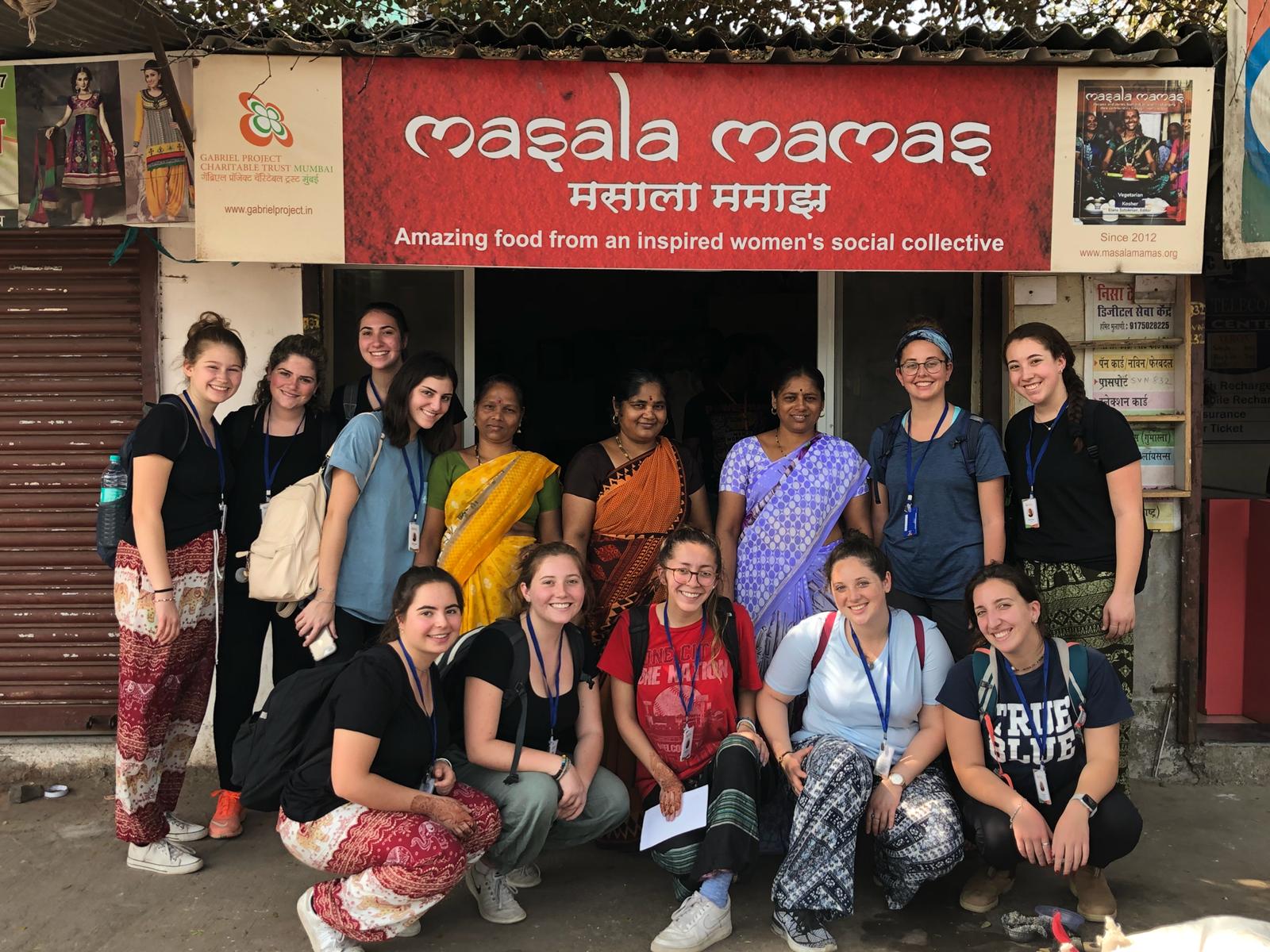
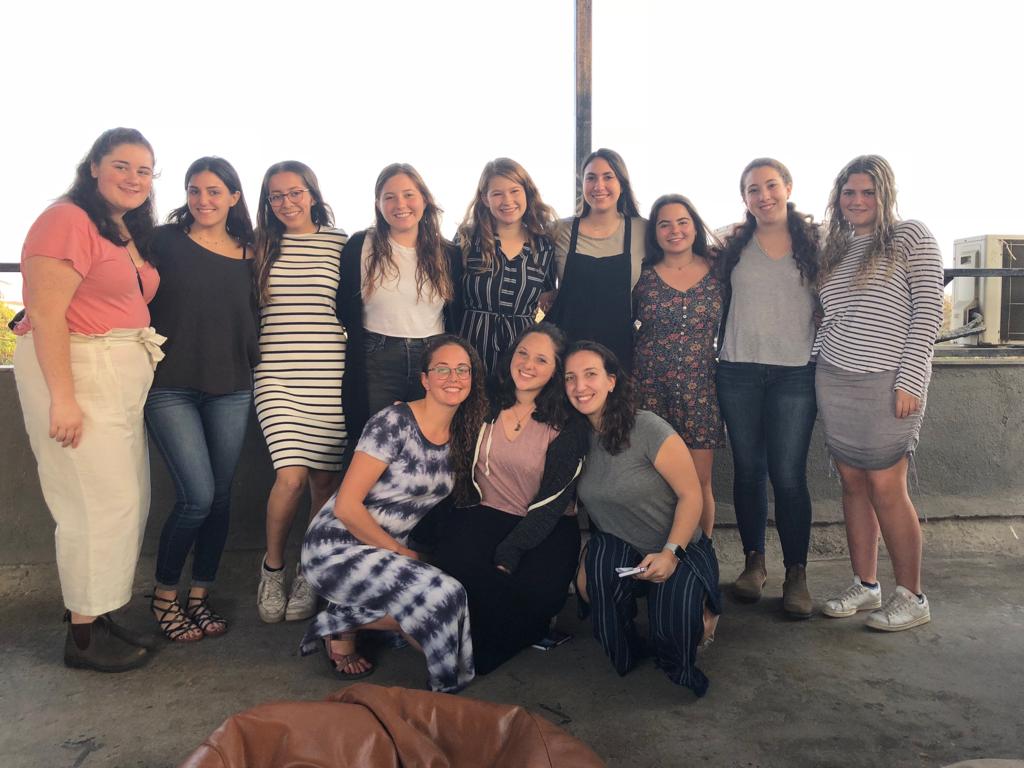
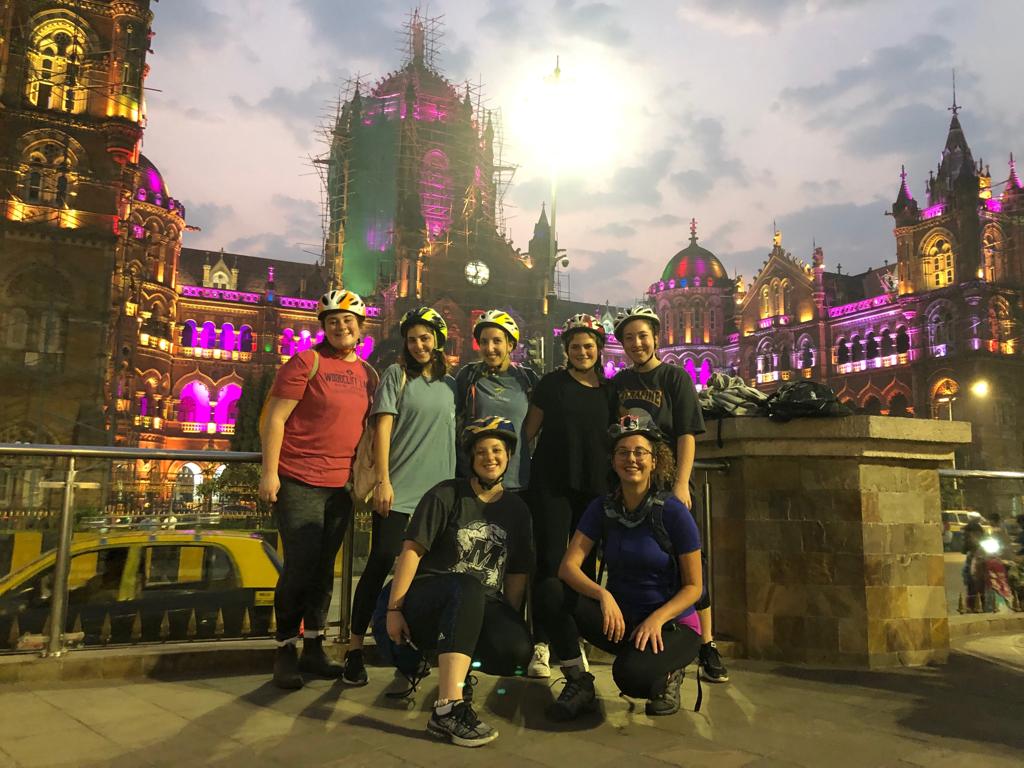
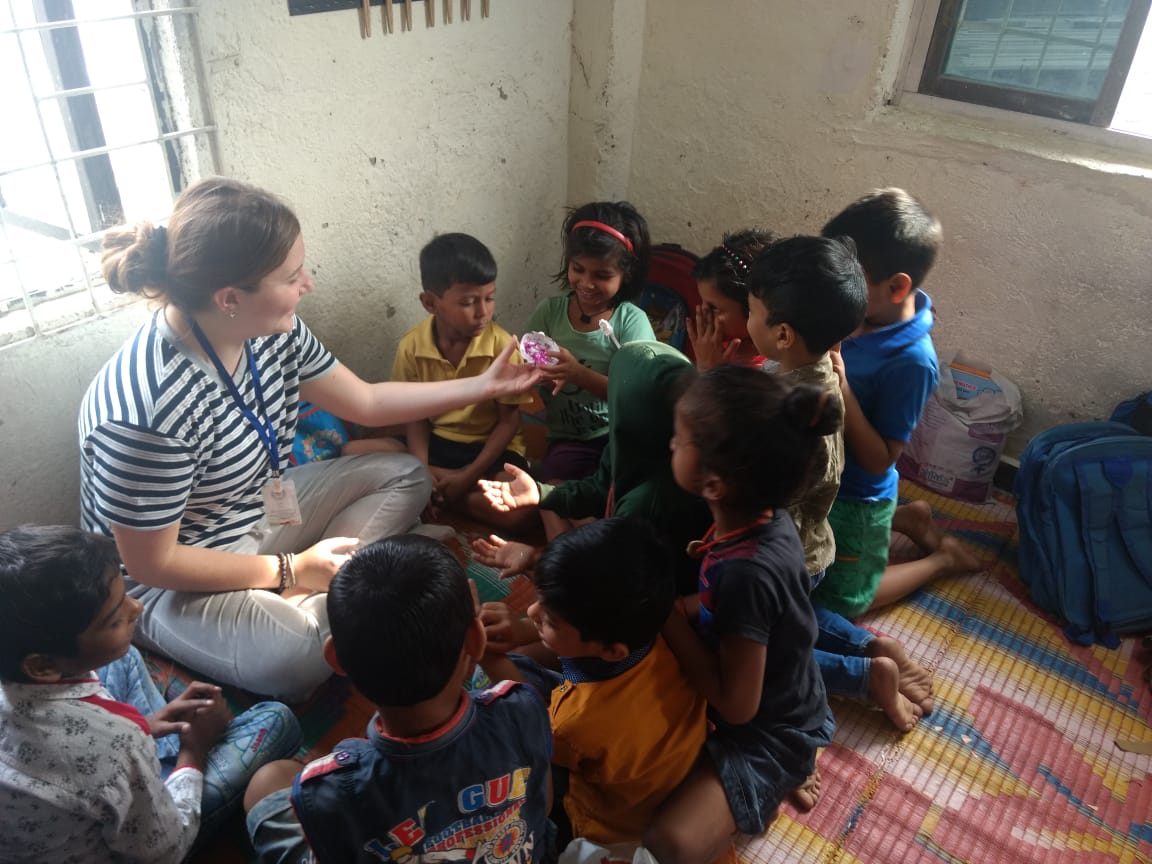
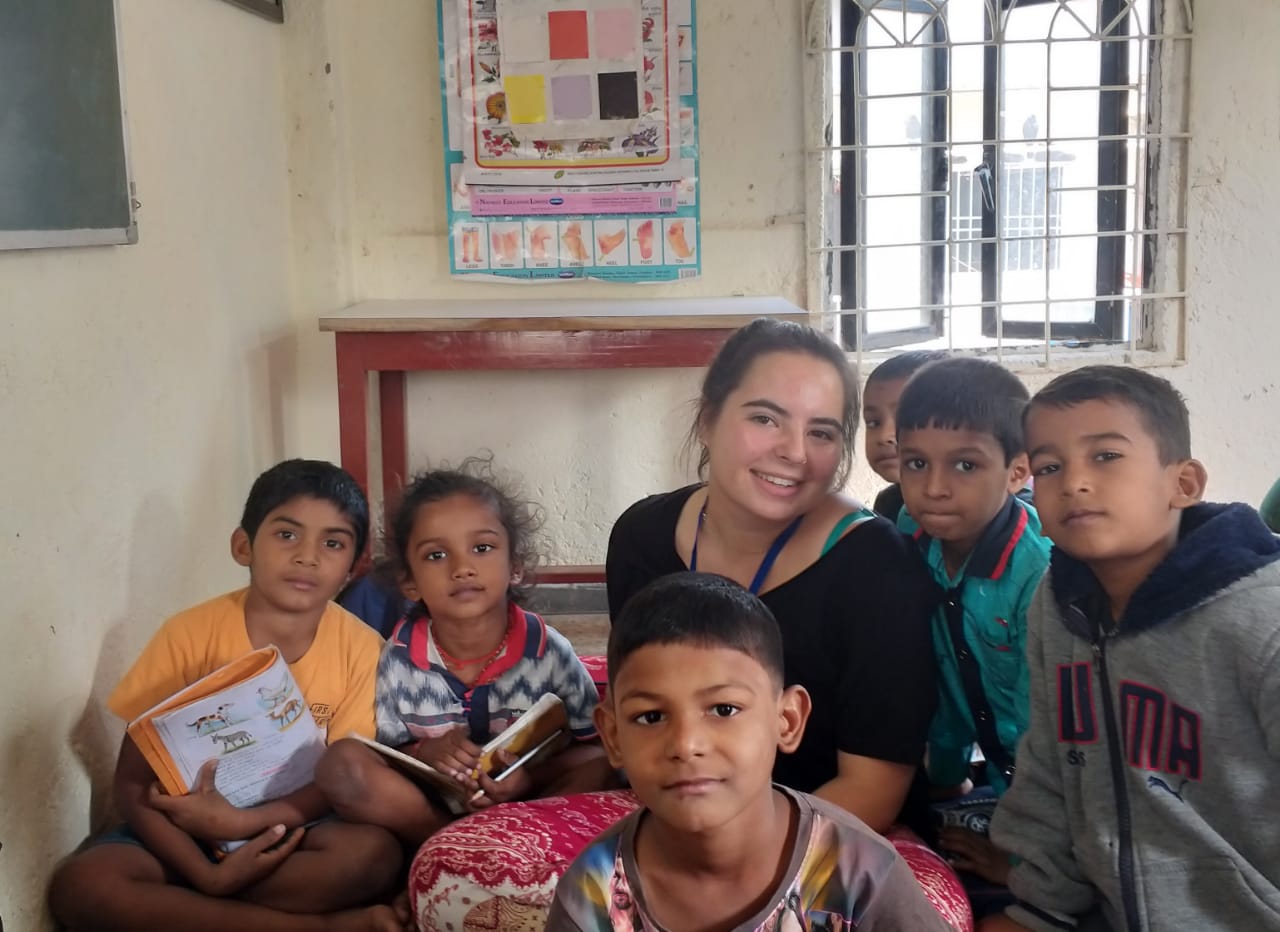
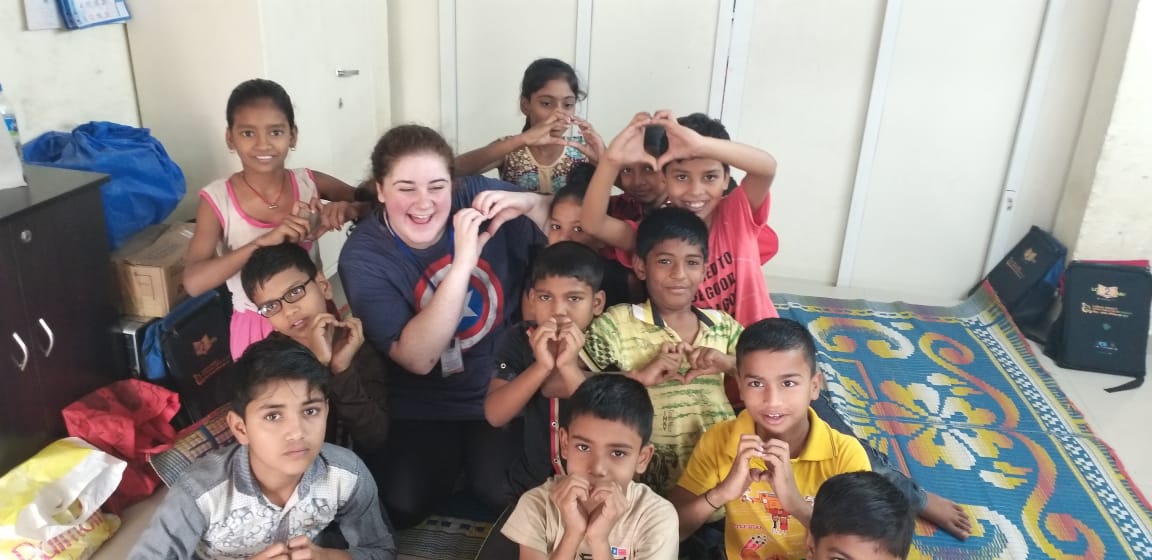
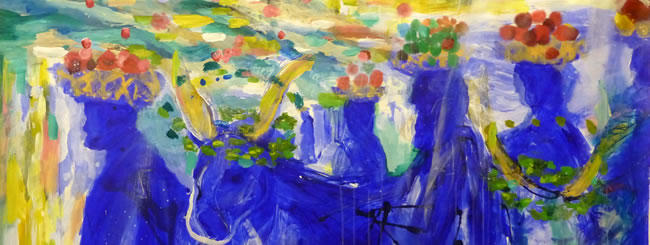

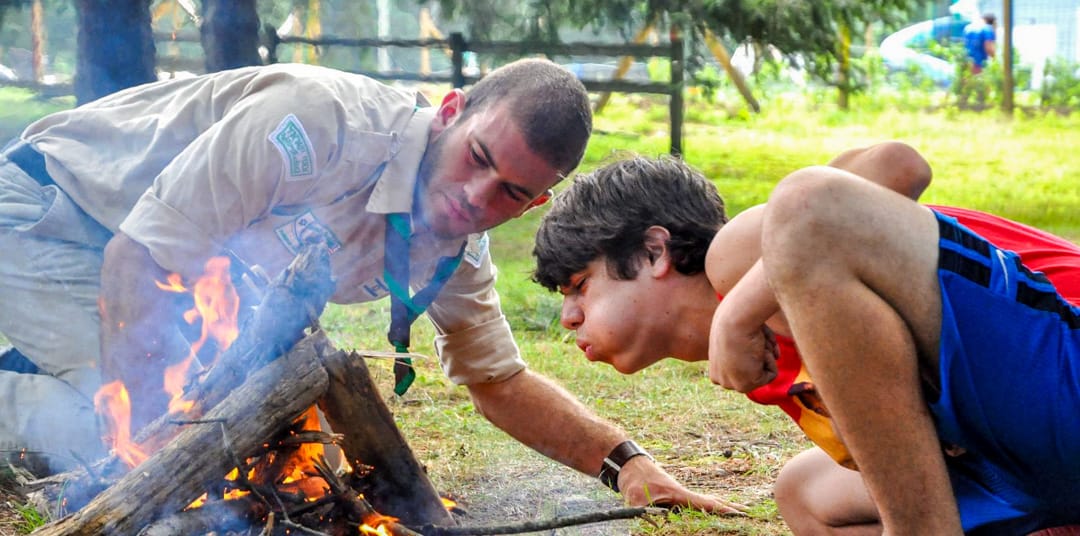
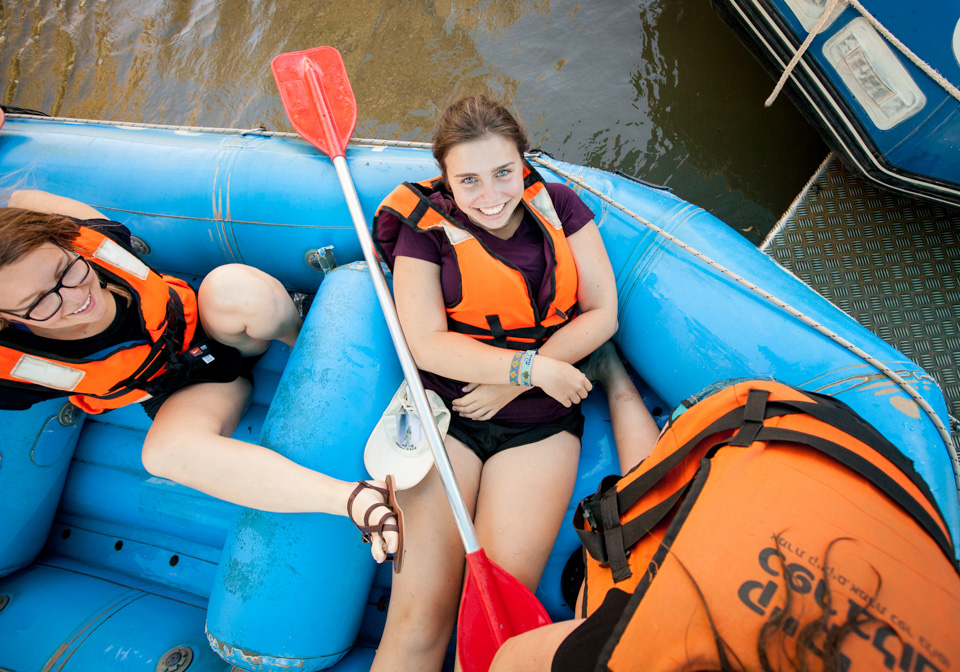
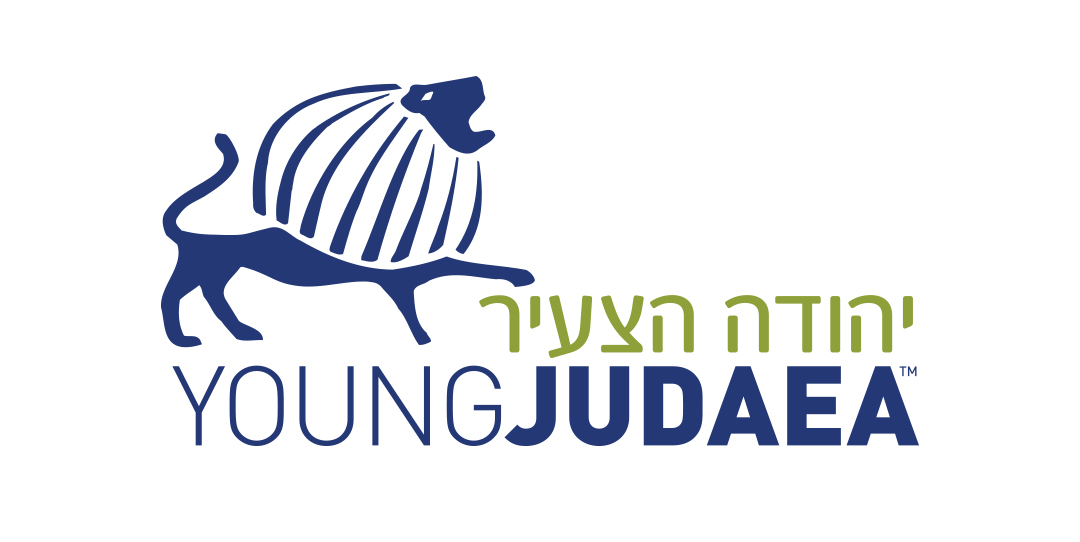
 -Marley Lerner, Year Course 2017-2018
-Marley Lerner, Year Course 2017-2018